Integrating Technology in Safety and Health Consulting

Related Posts




 Health and Safety Act: 50 Years CelebrationAug 8, 2024
Health and Safety Act: 50 Years CelebrationAug 8, 2024
In the constantly changing field of workplace safety, the integration of technology has emerged as a revolutionary approach to safety and health consulting. Safety and health consultants provide more accurate, effective, and proactive services with technological improvements and creative solutions. This article explores how employee safety and compliance are improving with the latest digital tools and integration of technology.
The Function of a Consultant for Safety and Health
It is important to know the duties of a safety and health consultant before going into the technical details. These experts evaluate working conditions to spot any risks, create safety procedures, and guarantee legal compliance. They are essential in preventing workplace mishaps and encouraging a safety-conscious culture.
Embracing Technology in Safety Consulting
- Digital Risk Assessments
The implementation of computerised risk assessments is one of the biggest developments in health and safety consulting. Manual data entry and laborious paperwork are past things. Safety consultants use tablets and mobile devices to perform comprehensive risk evaluations with modern software. These solutions allow for real-time data collecting and analysis in addition to process streamlining.
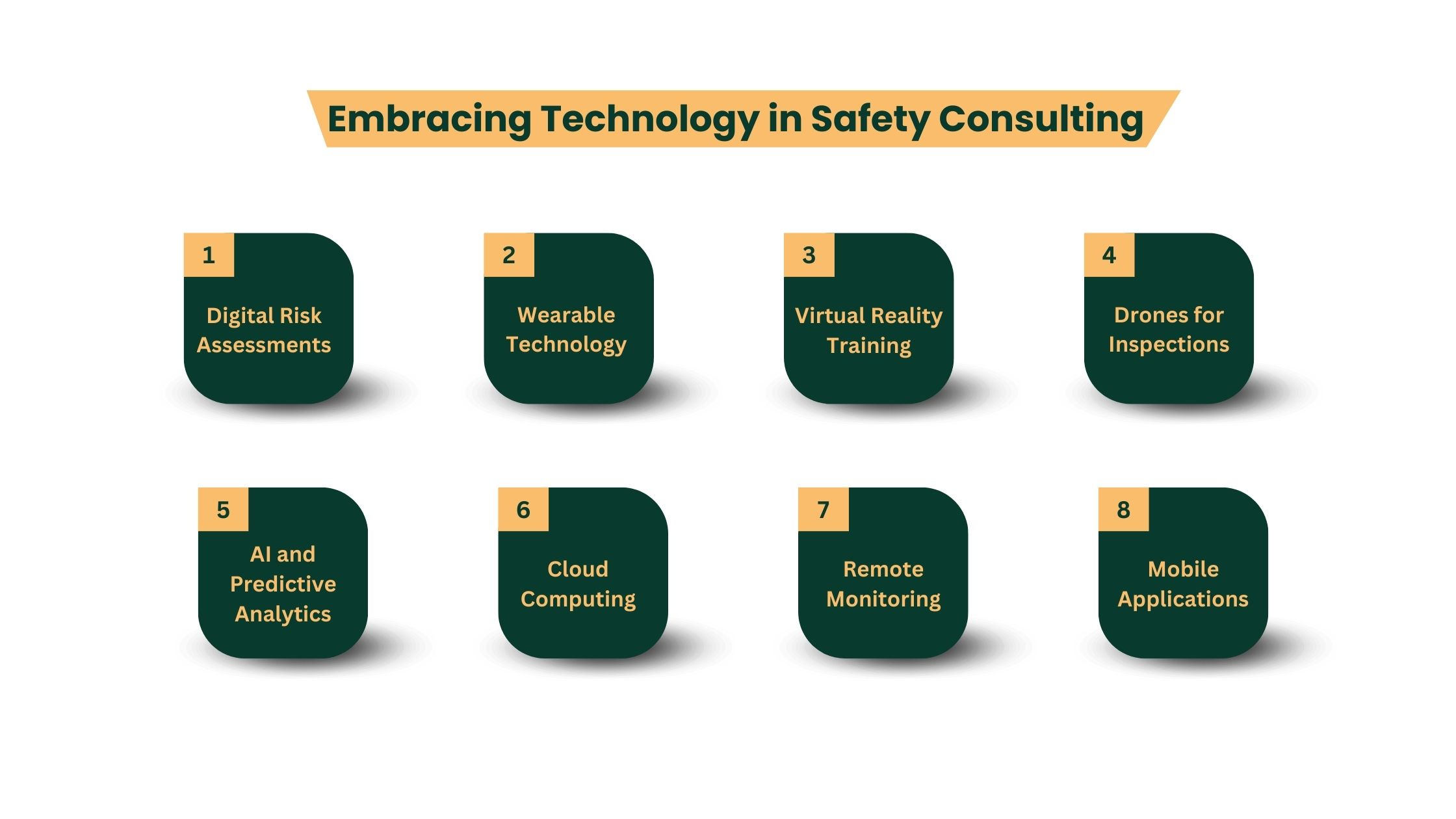
- Wearable Technology
Another invention causing a stir in the safety sector is wearable technology. Smart helmets, spectacles, and vests are examples of devices containing sensors that monitor the user's vital signs, identify potentially dangerous situations, and alert them to potential dangers. Health & safety consultants use information from these devices to spot patterns, enhance security procedures, and offer customised training.
- Virtual Reality Training
The foundation of any successful safety program is training. Training may be realistic and imitate real-world situations without endangering workers with the use of virtual reality (VR). For example, workers practise safety procedures and decision-making in a controlled setting by using VR to simulate high-risk scenarios. This hands-on approach improves employee retention and gets them ready for real situations.
- Drones for Inspections
Checking out places that are risky or hard to get to can be tough. Using drones with cameras and sensors makes it easier to see these areas from the above, collect the data, and take clear photos. This technology helps the safety experts look at industrial sites, construction areas, and the other locations without having to be there in person, which lowers the chance of accidents.
- AI and Predictive Analytics
Predictive analytics and artificial intelligence (AI) are changing rapidly the way health and safety consultants work. AI recognises trends from past data and anticipates possible risks before they develop. Consultants suggest preventive actions that lower the risk of mishaps and increase overall safety by taking proactive measures.
- Cloud Computing
Cloud computing is revolutionising data management for safety and health consultants. Consultants who store data on the cloud can guarantee data security and backup, access information from any location, and communicate more efficiently. Additionally, cloud-based platforms make it easier to integrate different digital tools, improving productivity all around.
- Remote Monitoring
Technology for remote monitoring makes it possible to continuously monitor working conditions from any location. Health and safety consultants monitor changes in the environment, the condition of the equipment, and worker safety in real time by using sensors and IoT devices. Large facilities or numerous sites benefit greatly from this capability.
- Mobile Applications
Mobile applications have become essential tools for safety consultants. Consultants carry out assessments, record risks, interact with teams, and retrieve crucial information while they're on the go thanks to these applications. The ease of use and robust features of mobile applications facilitate the administration of safety initiatives and offer rapid problem-solving.
Benefits of Integrating Technology in Safety Consulting
- Enhanced Accuracy and Efficiency
Technology speeds up procedures and lowers the possibility of human error. Data is accurate, complete, and easily available thanks to digital instruments. Safety consultants concentrate on strategic planning and execution instead of administrative duties because of this efficiency.

- Improved Communication and Collaboration
Managers, staff, and safety experts may work together more effectively thanks to modern communication tools and platforms. It is possible to share information easily and make decisions quickly with the help of video conferences, instant messaging, and real-time updates. By ensuring that everyone agrees, this connectedness improves general safety.
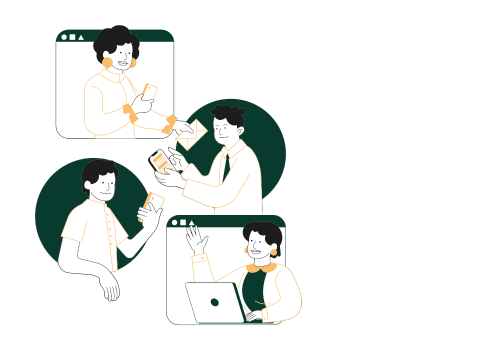
- Cost Savings
Investing in technology gives significant long-term cost savings, independent of the initial investment. Companies save money on medical bills, legal fees, and compensation claims by avoiding accidents and downtime. Effective safety efforts boost morale and productivity, increasing their cost-effectiveness.
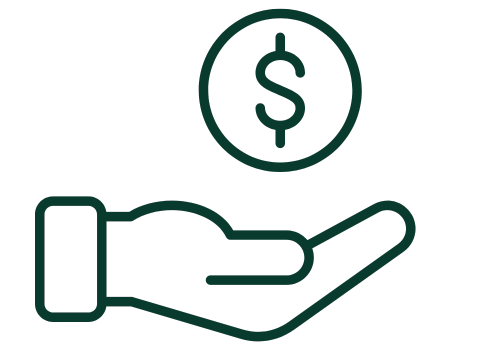
- Enhanced Compliance
It might be difficult to maintain compliance with constantly evolving safety rules. Through the provision of tools to plan inspections, keep track of regulatory modifications, and retain records, technology streamlines compliance management. Reminders that run automatically and reporting tools that make sure nothing gets lost help firms stay out of trouble legally and with penalties.
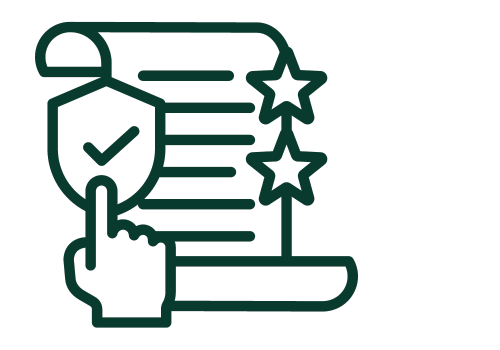
- Real-Time Monitoring
Tools for real-time monitoring allow for ongoing supervision of working circumstances. IoT devices and sensors can identify changes in the environment, like temperature swings or gas leaks, and immediately send out alarms. Health and safety consultants can minimise hazards by addressing concerns swiftly due to their ongoing awareness.
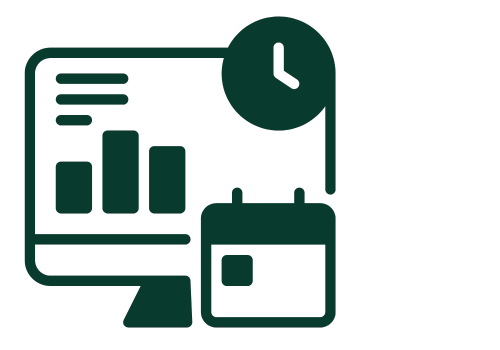
- Challenges and Considerations
Technology has numerous benefits for safety consulting, but it also has disadvantages. The use of new technology may come with an upfront cost and a learning curve for staff personnel. It's also important to handle privacy and data security issues, particularly when working with sensitive data. Selecting dependable and safe solutions is crucial for preserving data integrity.
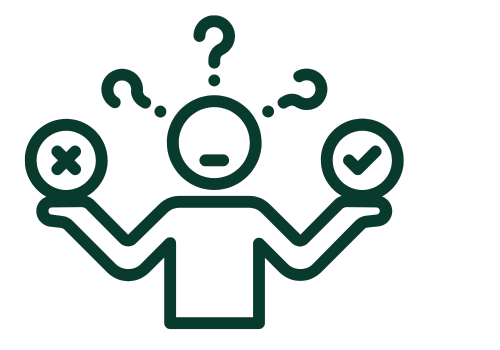
The Future of Safety and Health Consulting
The function of the safety and health consultant will change as technology develops. New technologies that have the potential to improve safety procedures and compliance include blockchain, augmented reality (AR), and machine learning. By utilising these advancements to build safer, more intelligent workplaces, safety consulting will have a bright future.
FAQs
What does a consultant do for safety and health?
To prevent accidents and foster a culture of safety, a safety and health consultant evaluates work settings, detects possible dangers, creates safety standards, and makes sure that rules are followed.
In what ways does wearable technology improve safety at work?
Wearable technology keeps an eye on employees' vital signs, recognises potentially dangerous situations, and warns them of impending threats. Health and safety experts can use this information to enhance safety procedures and deliver more focused training.
What are the benefits of using drones in safety inspections?
Drones capture high-resolution photographs and collect data while conducting aerial inspections in risky areas that are difficult to reach.
How may predictive analytics and AI increase safety?
Artificial intelligence and predictive analytics look at historical data to identify patterns and anticipate potential threats. Health and safety consultants recommend preventive measures by being proactive, which reduces the probability of incidents.
Why is real-time monitoring important in workplace safety?
Tools for real-time monitoring offer ongoing supervision of working circumstances. To minimise risk and address issues as soon as possible, sensors and Internet of Things (IoT) devices monitor changes in the environment and send out instant notifications.
